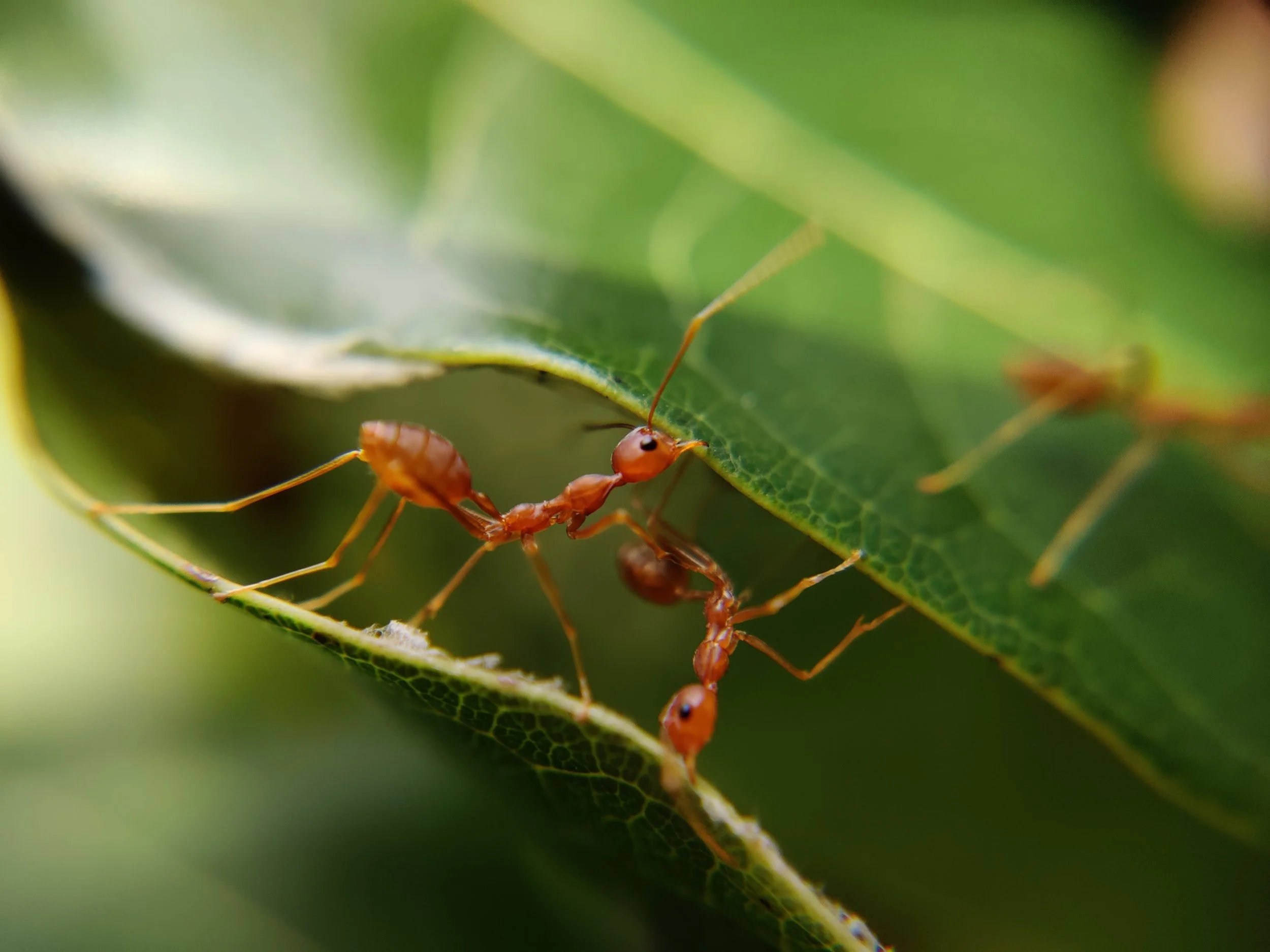Big mammals key to tree-ant team
At first it may seem counter-intuitive: that preventing large African herbivores from browsing Acacia trees decreases their growth.
This, however, is precisely what researchers report in Science magazine.
It is all because of the Acacia's mutually beneficial relationship with a biting ant.
Together they fend off Africa's big grazing mammals; but it is these very antagonists that are needed to keep the plant-insect team working in concert.
“Simulating large mammal extinction, by experimentally excluding them from eating the trees, causes the ant-plant mutualism to break down.”
— Rob Pringle Quoted in BBC News
When this “mutualism” is working well, Acacia trees provide ants with swollen thorns, which serve as nesting sites; and nectar, which the ants collect from the bases of Acacia leaves.
In return for this investment, ants protect the tree from browsing mammals by aggressively swarming against anything that disturbs the tree.
Mr Pringle explains: "It is as if the tree hires bodyguards, in the form of ants, to protect it from being eaten."
"In essence, the trees begin to default on the co-operative bargain that they've made with the ants, because the trees no longer have need for protection from large browsing mammals like giraffes and elephants."
The researchers suggest that the loss of large herbivores throughout Africa, due to ongoing human activity, may have strong and unanticipated consequences on the broader community.
Mr Pringle adds: "It is a cautionary tale."

